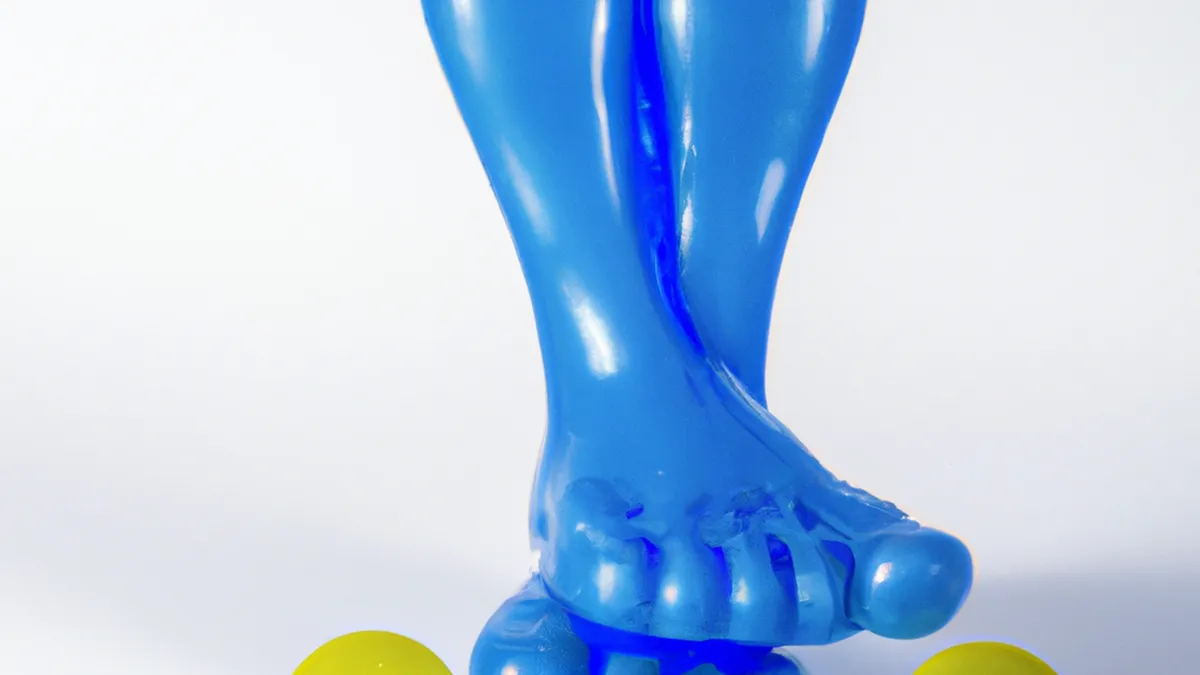Sensory Feedback: Key to Effective Barefoot Training
The Role of Sensory Feedback in Enhancing Barefoot Strength Training
Barefoot strength training has become popular among athletes and fitness enthusiasts. They appreciate its natural approach to exercise. Understanding the mechanisms behind its effectiveness is essential. Sensory feedback significantly contributes to improving performance and enhancing strength. This blog explores sensory feedback’s role in barefoot strength training, offering practical tips and benefits.
Understanding Sensory Feedback
Sensory feedback provides vital information about our position, movement, and balance. Traditional footwear dampens this feedback by offering cushioning and support. Training barefoot allows direct contact between our feet and the ground. This contact stimulates sensory receptors in our feet, enhancing awareness of alignment, stability, and movement efficiency.
Feet as Sensory Organs
Our feet contain numerous nerve endings, making them sensitive to stimuli. These nerve endings detect pressure, texture, and temperature. Training barefoot heightens our awareness of these sensations. Increased awareness improves our balance and coordination, essential for effective exercise performance. Exposing our feet to various surfaces, such as grass and sand, increases sensory feedback, enhancing our training experience.
Enhancing Proprioception
Proprioception enables us to sense our position and movement in space. It plays a crucial role in effective movement, allowing real-time adjustments to posture and balance. Barefoot training significantly boosts proprioception. Feeling the ground helps us adjust movements, leading to more efficient and powerful exercises. Consequently, barefoot training can enhance performance in activities like running and weightlifting.
Tips for Effective Barefoot Strength Training
To maximize sensory feedback benefits during barefoot strength training, follow these tips:
Start Gradually
Transition to barefoot training gradually. If you usually wear shoes, your feet and lower legs need time to adapt. Begin with short sessions on soft surfaces like grass or gym mats. Gradually increase duration and intensity, allowing your feet to strengthen and reducing injury risk.
Choose the Right Surface
Different surfaces offer varying levels of sensory feedback. Soft surfaces like grass, sand, and rubber tracks provide cushioning and gentle landings, beneficial for beginners. In contrast, harder surfaces like concrete and gravel provide more intense feedback.
Conclusion
Sensory feedback plays a vital role in enhancing barefoot strength training. Understanding its benefits can improve your performance and training experience. Embrace gradual transitions and choose appropriate surfaces for optimal results.
Below are related products based on this post:
FAQ
What is sensory feedback, and why is it important in barefoot strength training?
Sensory feedback is the information our body receives about its position, movement, and balance. In barefoot strength training, this feedback is crucial as it enhances awareness of alignment, stability, and movement efficiency, ultimately contributing to improved performance.
How does barefoot training enhance proprioception?
Barefoot training enhances proprioception by allowing individuals to feel the ground directly, which helps them sense their position and movement in space. This heightened awareness enables real-time adjustments to posture and balance, leading to more efficient and powerful exercises.
What tips can I follow to effectively transition to barefoot strength training?
To transition effectively, start gradually by incorporating short training sessions on soft surfaces like grass or gym mats. Increase the duration and intensity over time to allow your feet and lower legs to adapt and strengthen, reducing the risk of injury.















Post Comment